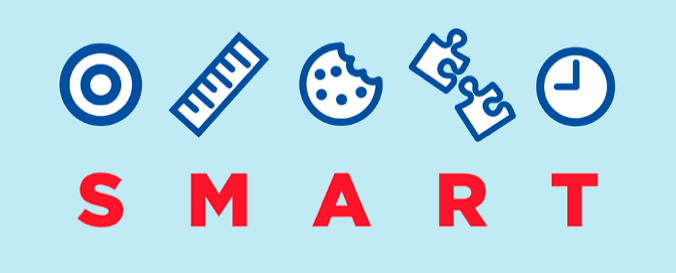By Elise Nussbaum, TrustPlus Personal Finance Coach
As a financial coach, and as an optimist, I have a confession: I love New Year’s resolutions. I love talking about mine and asking other people about theirs. I love tracking mine all the way into December, whether or not I consider them successes (2020 was… a mixed bag).
New Year’s resolutions are a rare window into our hopes and dreams for ourselves and the future.This year, we promise, is the year we will… change careers… save money… learn German. All too often, however, these bright hopes curdle into disappointment before we even change the clocks back to Daylight Saving Time. How can we set ourselves up for success?
The first trick is to focus on the efforts we make instead of the results we want. After all, any number of things could get in the way of the end result. A would-be saver might get in their car one morning to find that the brakes desperately need replacing. A language student might find that German’s three noun genders are more challenging to keep straight than they had expected. An aspiring actor who has resolved to start booking shows might find that a global pandemic has brought live, in-person theatrical experiences to a halt. With so much that is out of our control, a New Year’s resolution offers an opportunity to focus on what we can control. Focusing on what we put into our goals (i.e. setting up an automatic transfer into savings, memorizing a monologue for auditions, or spending 30 minutes a day on Duolingo), offers a much greater sense of satisfaction when we have done all we can.
Once we’ve decided to focus on our own actions, the next step is to make our goals SMART ones. SMART stands for Specific, Measurable, Attainable, Relevant, and Time-based. Let’s check in with our New Year’s resolver who wants to save more money. How would that look as a SMART goal?





